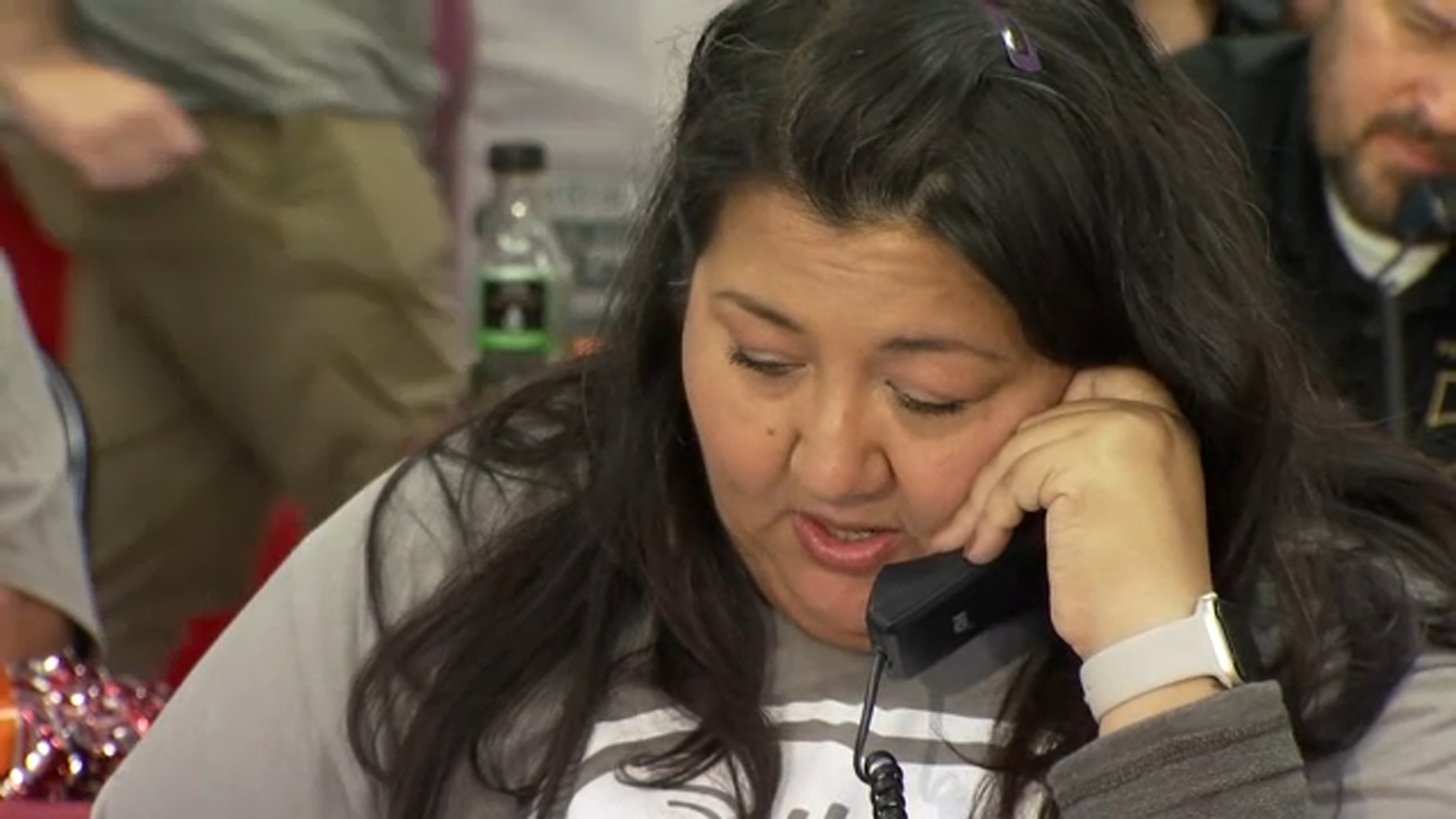Kids and Trauma: What to Look for

The statistics are scary. The number of kids requiring hospital treatment each year for physical assault-related injuries can fill every seat in nine stadiums. And 19 percent of those injured kids have post-traumatic-stress disorder. For some kids the traumatic stress is short-term. For others, it has a long-term impact.
It happens more than you think.
Michael Scheeringa, MD, Professor of Psychiatry at Tulane University told Ivanhoe, "There have been studies that show by the age of 16, two-thirds of youths in the United States are going to be exposed to at least one life-threatening, traumatic event."
But how can parents spot the signs of trauma? First, know the difference between a stressful event versus a traumatic one. A traumatic event is ...
"Life-threatening things; these are usually sudden, unexpected moments of sheer panic for your life," explained Dr. Scheeringa.
These can include physical abuse, sexual abuse, witnessing domestic violence and even car accidents.
Dr. Scheeringa said, "For very young children that can be attacked by dogs."
Next, spot the signs. Trauma in kids varies by age. Kids under five tend to cling to parents and may return to behaviors common to when they were younger, like thumb sucking or bedwetting. Children six to eleven may develop unfounded fears or lose interest in friends and family. Finally, teens may avoid reminders of the event and abuse alcohol and drugs. The sooner a parent can identify the signs, the sooner the child can get treatment and then the child's life can return to normal.
Your child didn't have to necessarily be part of the traumatic event to suffer trauma. Repeatedly viewing video clips on social media or news sites can still have a traumatic effect on kids.
Contributors to this news report include: Milvionne Chery, Field Producer and Roque Correa, Editor.









